

Now playing:
Watch this:
iPhone 5 vs Galaxy S3 vs Lumia 920
3:36

After months of wild speculation, Apple has finally taken the covers off the iPhone 5. The early response from our readers is that Apple hasn’t done enough to impress, but let’s take a look at how it squares up to its competitors.
I’ve pitted it against Samsung’s Galaxy S3 and Nokia’s recently unveiled Lumia 920, both of which are arguably the flag bearers for their respective operating systems — Google Android and Windows Phone 8.
We haven’t given the iPhone or Lumia the full review treatment yet so there are still a lot of unknowns to consider. I’ll be making my comparisons based on our hands-on preview time and known specifications. Keep this page bookmarked and come back later for a more comprehensive comparison when we have all the models in our grasp.
Design
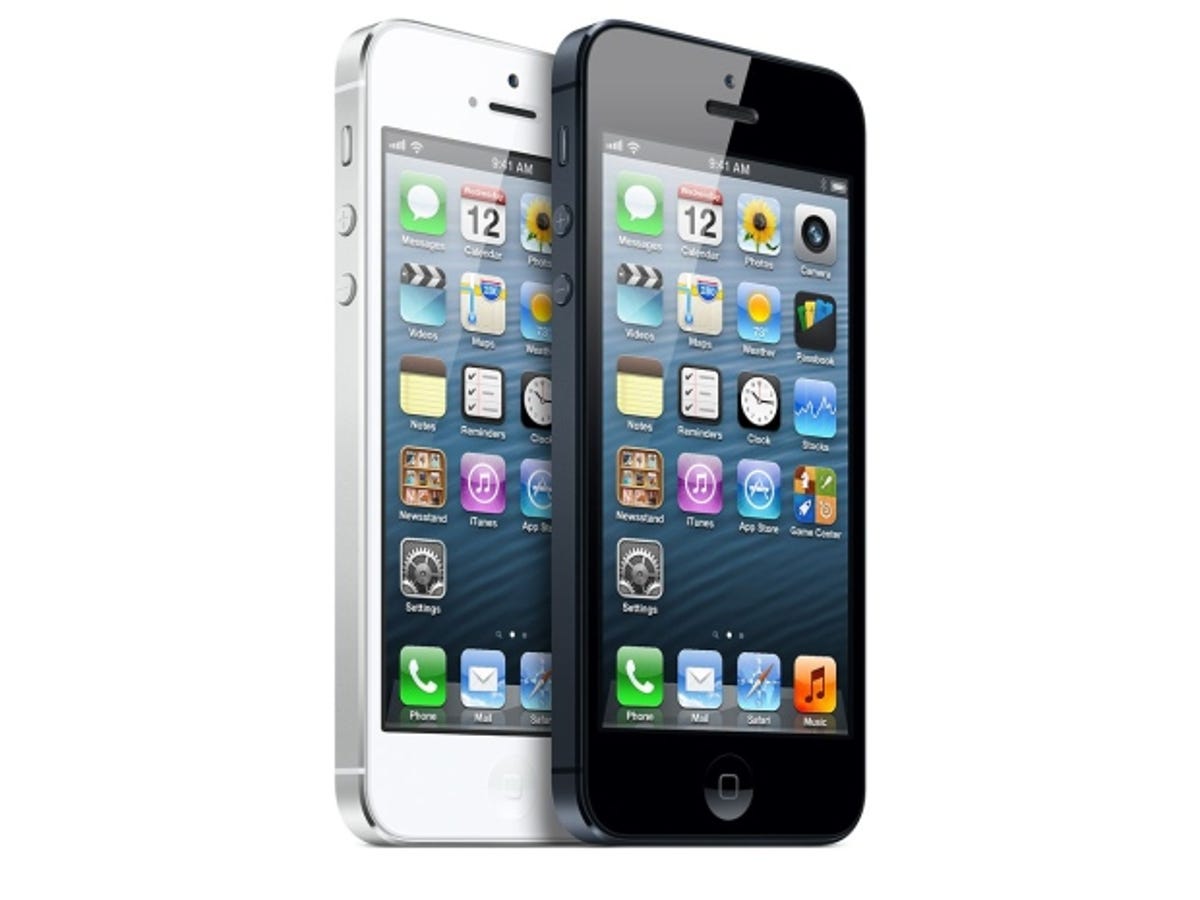

At first glance, you might not notice much difference between the new iPhone and the previous model, but there have been quite a few tweaks. First of all it’s taller, housing a 4-inch screen with a 16:9 aspect ratio. The reason for this is it allows you to watch videos without annoying black bars down the sides. It also accommodates an extra row of app icons.
The latest iPhone is much more slender too, measuring a mere 7.6mm thick, which Apple claims is the thinnest in the world. It’s ditched the glass back, replacing it with an all-metal chassis with a two-tone effect. Its dimensions may be different, but many of you have already commented that it’s not much of a redesign and that this new phone should have provided a fresher look.
Apple’s got rid of the 30-pin dock connector, replacing it with an 8-pin version. While that helps keep it extremely slim, it does mean iPhone docks and accessories you currently use won’t be compatible any more without an adaptor. Not great news if you’ve just spent £6,000 on a dock. Sadly, what it hasn’t brought is the option for expandable storage, so don’t expect to buy the cheaper 16GB model and bump it up with a microSD card.
The Galaxy S3, meanwhile, is a considerably bigger beast. At 8.6mm thick, it’s still supremely slim, although not quite matching the iPhone 5. It packs in a whopping 4.8-inch screen, so it’s somewhat larger in your hand than the iPhone.
Samsung seems more keen on fresh designs though, as it threw out the textured black plastic and square design of the Galaxy S2 and replaced it with a rather sleek curved back with rounded edges. It’s available in a whole host of colours, which should keep the fashion-conscious among you happy. It’s arguably a little plasticky though, and doesn’t quite have the premium, sturdy feel of the iPhone. At least the S3 does let you expand the storage with a microSD card.
Like the iPhone, the Lumia 920 hasn’t seen much of an overhaul in design over its predecessor, the Lumia 900. The polycarbonate case, with its curved edges, is still in full effect and it’s been given a curved glass screen, rather than the standard flat one on the 900.
Nokia reckons the materials are extremely hard-wearing and scratch-resistant too. We haven’t been able to properly check this yet, but if it’s anything like the Lumia 800 then it should be able to take a few knocks.
Screen


This is the first time Apple has increased the size of the iPhone’s screen, from 3.5 inches to 4 inches. It’s not a huge increase, sure, but it’s better than nothing and means the phone remains more hand-friendly than the giants of the smart phone world.
The resolution has slightly increased too, with extra pixels shoved in on the long, vertical axis. The pin-sharp 326 dots per inch pixel density found on the iPhone 4S has been retained. It’s deliciously clear and makes even the tiniest text look perfectly readable.
At 4.8 inches, the Galaxy S3’s screen is, of course, much bigger, almost crossing the boundary into tablet territory. A bigger screen could be useful for watching movies as well as playing glossy 3D games. But it does mean it’s more chunky to hold and carry around — whether a bigger screen is a good thing or not is therefore totally dependent on your personal needs.
It offers a stonking 1,280×720-pixel resolution, but due to the sheer size of the display, that equates to a dpi of 306, which doesn’t quite match the iPhone 5. Text still looks extremely sharp, so you shouldn’t mark the S3 down too harshly for this.
The Lumia 920’s 4.7-inch screen has a resolution that marginally surpasses the S3’s which, on the smaller screen, results in a pixel density that’s almost exactly the same as the iPhone. Expect icons to look super-crisp and tiny text on web pages to be crystal clear.
Nokia claims the display is extremely bold, with deep black levels. It certainly did a good job with the Lumia 800 screen, so my hopes are high for an impressive effort here, but I’ll leave final judgement for the full review.
Power
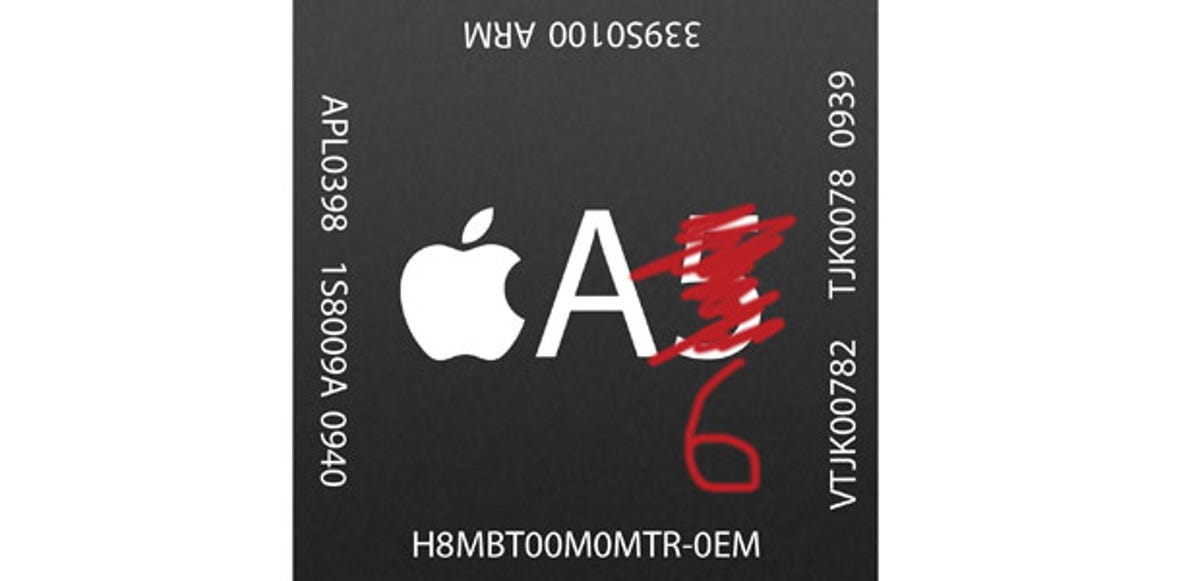

The iPhone 5 marks the arrival of Apple’s latest processor, known as the A6 chip. In true Apple fashion, details about it are extremely thin, so we’re not sure at this point whether it’s a dual or quad-core chip, or at what speed it’s running.
Apple was happy to boast about the performance increase, claiming this new silicon offers double the performance in both processing and graphics over the 4S. Whether this is accurate or not remains to be seen, but its demo of Real Racing 3 certainly looked extremely smooth, so I’m looking forward to seeing what it can achieve.
The Galaxy S3, meanwhile, boasts a quad-core chip clocked at a nippy 1.4GHz. It’s proven itself to be among the most powerful phones we’ve ever tested and makes using demanding apps and games a dream.
It’s important to keep in mind that having more cores in a processor doesn’t mean it will offer better performance. Most apps at the moment aren’t able to take advantage of quad-core processing, leaving that powerful processor sucking away at your battery life for nothing. Apple has always been excellent at getting superb performance out of seemingly lesser hardware so it’s important to wait and see how it copes.
The Lumia 920 is the first of Nokia’s Lumia phones to offer a dual-core chip as its new Windows Phone 8 software now supports multi-core processing. It’s clocked at 1.5GHz, which should help make swiping through the big colourful tiles of Windows Phone 8 particularly slick.
Software
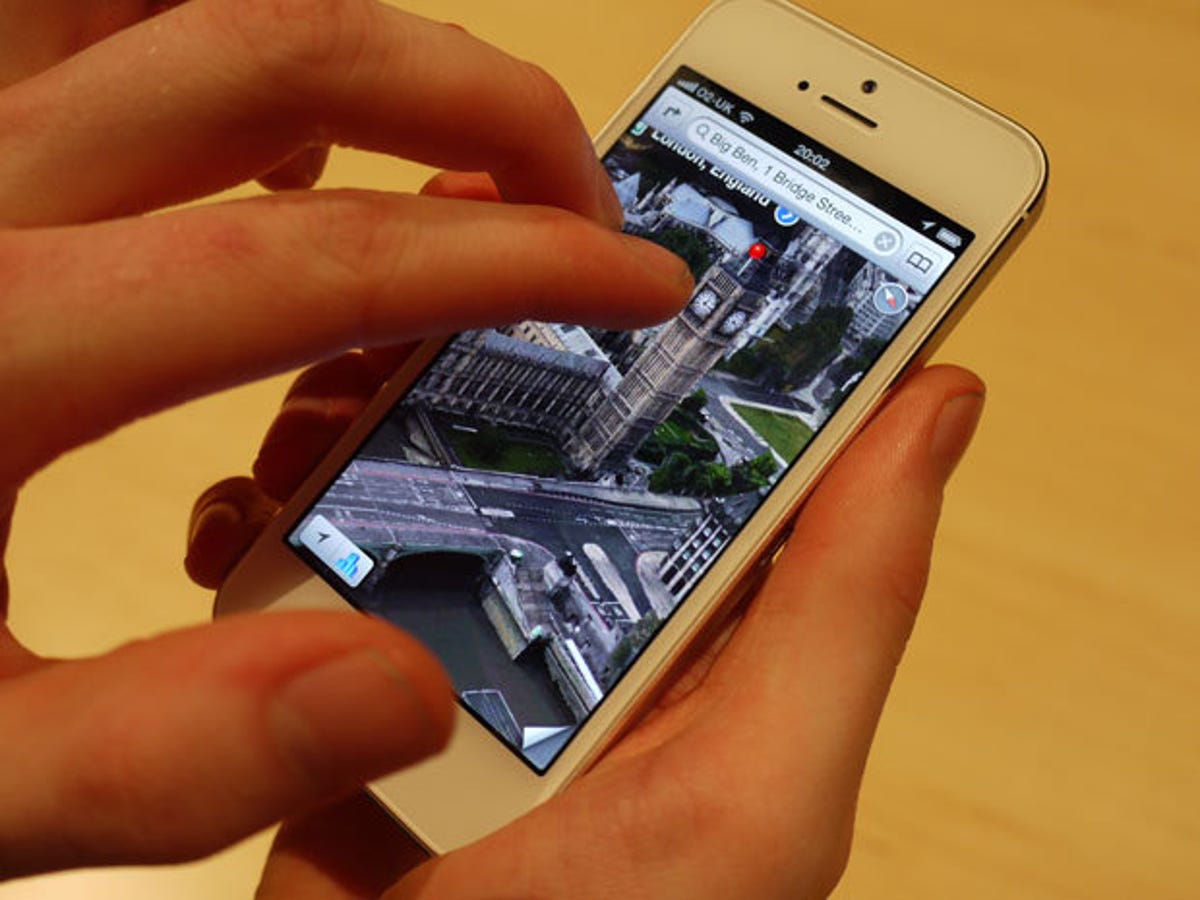

One of the big features to be discussed alongside the iPhone 5 at its launch was iOS 6 — the latest version of Apple’s mobile operating system. The core interface hasn’t changed a jot, so you’ll still be looking at grids of icons arranged into folders. It’s easy to argue that this look is getting pretty tired now and it’s time for a refresh, but really, if it ain’t broke, don’t fix it.
Quite a selection of new features arrive with iOS 6. Notably, it no longer uses Google’s mapping software, instead offering its own take on maps, which allows for turn-by-turn navigation and local business information. It also lets you make FaceTime calls over 3G, as well as offering deeper Facebook and Twitter integration, allowing you to Tweet from almost anywhere in the phone.
The Samsung Galaxy S3 launched with Android 4.0 Ice Cream Sandwich, which at the time was the most recent version available to it. Android 4.1 Jelly Bean has since taken over, so the S3 is no longer cutting-edge in the software stakes. Samsung has confirmed it will be updated to Jelly Bean in October though, so fingers crossed it will be fresh and new again before Christmas.
Ice Cream Sandwich is still great, and like all Android phones, it lets you plop live widgets down on your home screens, showing you live information without having to boot up an app. That’s something Android owners regularly flaunt in front of iPhone fans, whose home screens don’t offer this level of customisation.
The Lumia 920 is the first of Nokia’s phones to feature the latest version of Microsoft’s phone operating system, Windows Phone 8. It looks similar to Windows Phone 7 — the colourful home screen tiles remain in place, although their sizing and placement is more flexible. Behind the scenes there’s been a complete overhaul, therefore it won’t be available as an update to existing Lumia owners, which caused something of an outcry.
One of the major updates for Windows Phone 8 is the support for more powerful hardware including multi-core processors and high-definition screens. Nokia has brought in a lot of its own software to the equation, particularly on the mapping front, allowing for offline and even indoor maps, as well as integration with Nokia’s navigation service, Nokia Drive. We’ve not been able to spend time with Windows Phone 8 yet so we’ll have to leave the verdict on this for a later date.
Camera
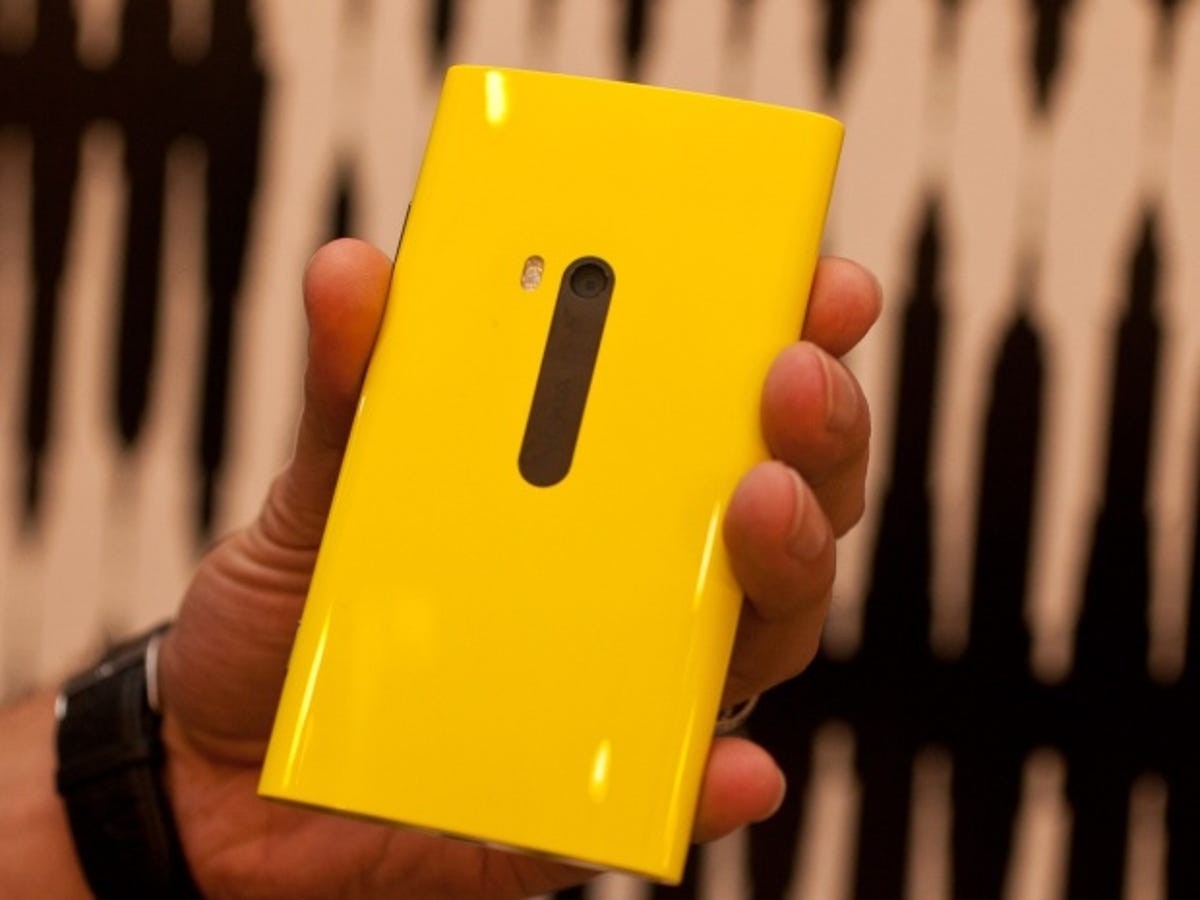

The iPhone 5’s camera is an 8-megapixel affair, which is the same resolution offered on the 4S, but it uses apparently improved optics for clearer shots and better image processing for clearer low-light shots, with significantly reduced noise. It can automatically stitch photos together for an automatic panorama mode — although this was already achievable using various apps.
The example shots shown off by Apple certainly looked impressive, but they will have naturally been taken under the best conditions to show off the camera’s skills. It’s important to see what it can do in normal, everyday situations before making a firm judgement. The camera on the 4S, however, is one of our favourite phone snappers, so as long as Apple hasn’t made it any worse, it could well take the top spot.
The S3 packs an 8-megapixel snapper. It received some helpful tweaks on the software side since the S2, such as zero shutter lag, meaning the photo is taken the instant you press the button.
The Lumia 920, pictured above, sports the PureView moniker, which the more technically minded among you might recognise as the name given to the whopping 41-megapixel camera in Nokia’s 808 phone. While the 920 has a more standard 8 megapixels, we’re hoping takes superb quality snaps using the PureView technology.
We’re already impressed with what the iPhone 4S achieves with its camera and the S3 performs similarly well. If the Lumia 920 takes advantage of its PureView tech, we may have a very interesting fight on our hands as to which takes the top camera spot.
4G networks
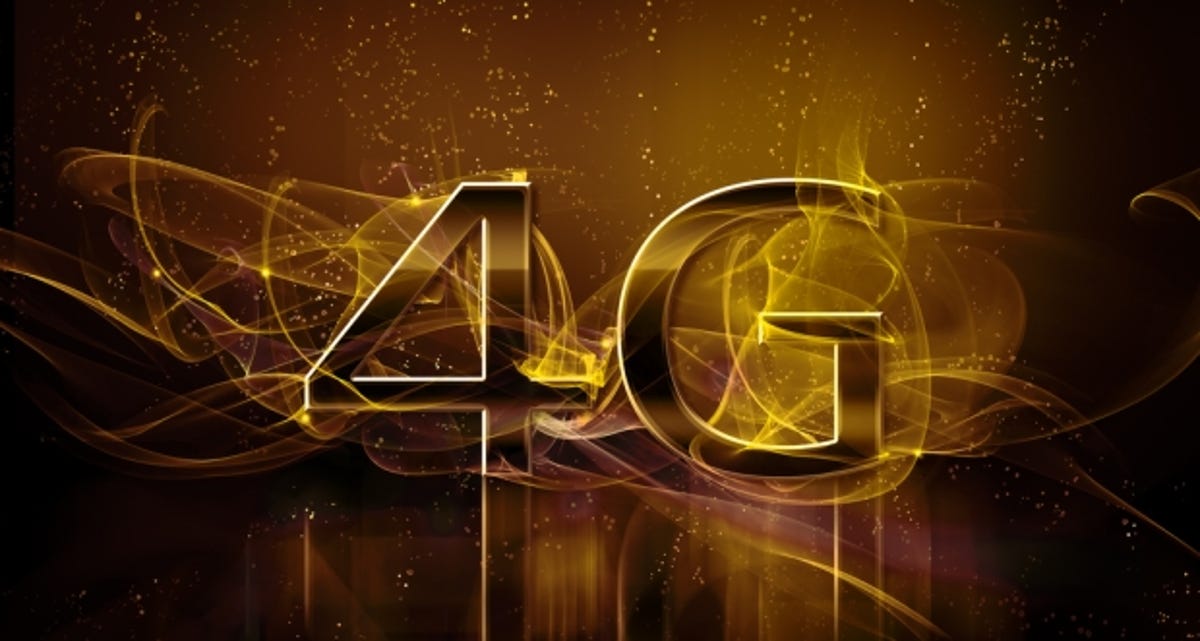

One of the key features of the iPhone 5 is that it will work on the recently unveiled 4G network for super-fast data downloads. The only network to provide this service is Everything Everywhere (Or EE as they’re now known). If you’ve got an existing plan with anyone else, you won’t be able to achive such impressive speeds.
The standard Galaxy S3 that you can buy now doesn’t have 4G capabilities as standard, but a revised version with 4G inside will soon launch, ready for the new network.
The Lumia 920 will come as standard with 4G on board, so downloading should be nippy right out of the box. Of course, you’ll have to switch over to Everything Everywhere first.
Outlook
At the moment, it’s far too difficult — and pointless — to try and pick a winner from the three. All these phones offer multi-core processing, high-resolution screens, 8-megapixel cameras and 4G connectivity. The real differences are the software they run on and the user experience.
We’ll come to a more definitive answer when we have all three in our hands, but for the moment, whichever one is best will largely boil down to which operating system you prefer — iOS, Android or Windows Phone.


Now playing:
Watch this:
Apple iPhone 5 launch
2:37



